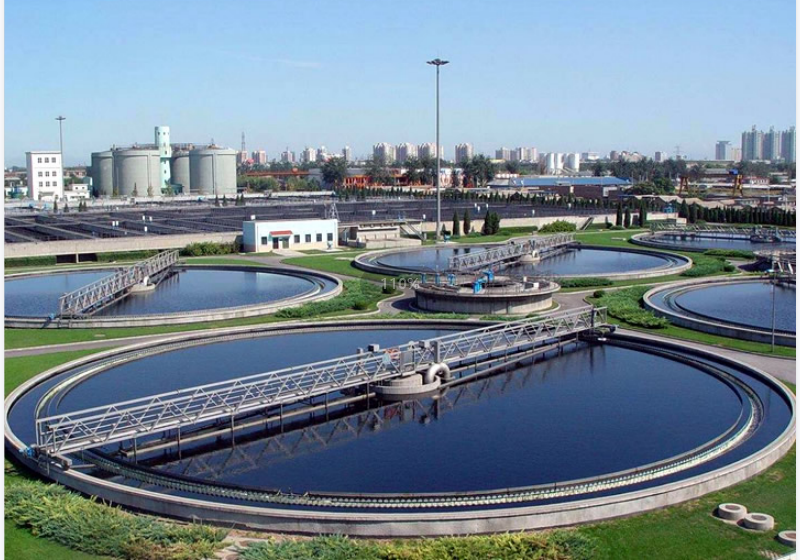Introduction of Secondary Sedimentation Tank
According to the position in the sewage treatment process, sedimentation tanks can be divided into Primary Sedimentation Tank and Secondary Sedimentation Tank.
The Primary Sedimentation Tank is generally set behind the grit chamber of the sewage treatment plant and before the aeration tank.
The Secondary Sedimentation Tank is set behind the aeration tank and before the advanced treatment or discharge.
What is the type of secondary sedimentation tank?
The types of secondary sedimentation tank include:
Horizontal flow sedimentation tank
Vertical flow sedimentation tank
Radial flow sedimentation tank
Inclined plate sedimentation tank, etc.
What is the role of secondary sedimentation tank in sewage treatment process?
The function of the secondary sedimentation tank is to separate sludge and water to clarify the biologically treated mixed liquor, and to concentrate the sludge in the mixed liquor. The secondary sedimentation tank is the last link of biological treatment in sewage treatment process, which plays a decisive role in ensuring that the suspended solids content in the effluent quality is qualified.
If the secondary sedimentation tank is set unreasonably, even if the biological treatment effect is good, the content of dissolved organic matter in the mixed solution is already small, the effect of mud water separation of the mixed solution in the secondary sedimentation tank is not ideal, and the effluent quality may still be unqualified. If the sludge thickening effect is not good, it is difficult to ensure the amount of microorganisms returned to the aeration tank. The reduction of the concentration of the aeration mixture will lead to the decline of the sewage treatment effect, which will affect the effluent quality.
What are the routine monitoring items of secondary sedimentation tank?
1.PH Value: the specific value is related to the quality of sewage, generally slightly lower than the inflow value, and the normal value is 6-9.
2.Suspended Solids (SS): When the activated sludge system operates normally, the SS of the effluent from the secondary sedimentation tank shall be less than 30mg/L, and the maximum SS shall not exceed 50mg/L.
3.Dissolved Oxygen (DO): because microorganisms in activated sludge continue to consume oxygen in the secondary sedimentation tank, the dissolved oxygen value of effluent should be slightly lower than that of the aeration tank.
4.Ammonia Nitrogen and Phosphate: shall meet the relevant national emission standards. The first level emission standard requires that ammonia nitrogen shall be less than 15mg/L and phosphate shall be less than 0.5mg/L.
5.Toxic Substances: meet the strict requirements for toxic substances in relevant national discharge standards.
6.Sludge Surface: In production, online sludge level meter can be used to realize automatic control of excess sludge discharge.
7.Transparency.
In sewage treatment process,after biological treatment, the sewage must enter the secondary sedimentation tank for sludge-water separation, and the clarified qualified treated water can be discharged. At the same time, a certain concentration of returned sludge or a certain amount of treated water must be provided for biological treatment facilities. Therefore, the working performance of the secondary sedimentation tank has a direct relationship with the operating effect of the activated sludge system.
#QDEVU #SEWAGETREATMENT #WASTEWATERTREATMENT #WATERTREATMENT



